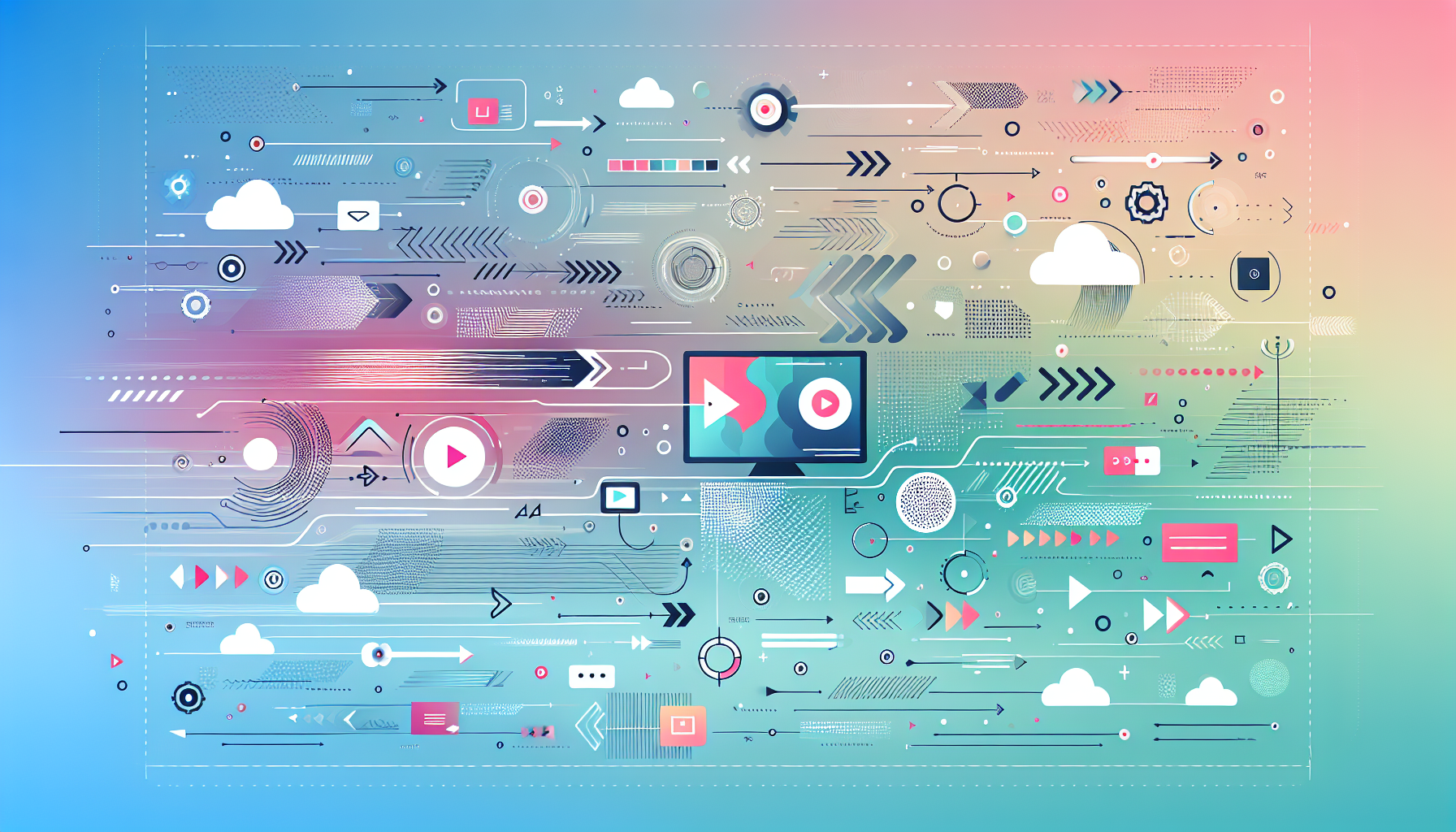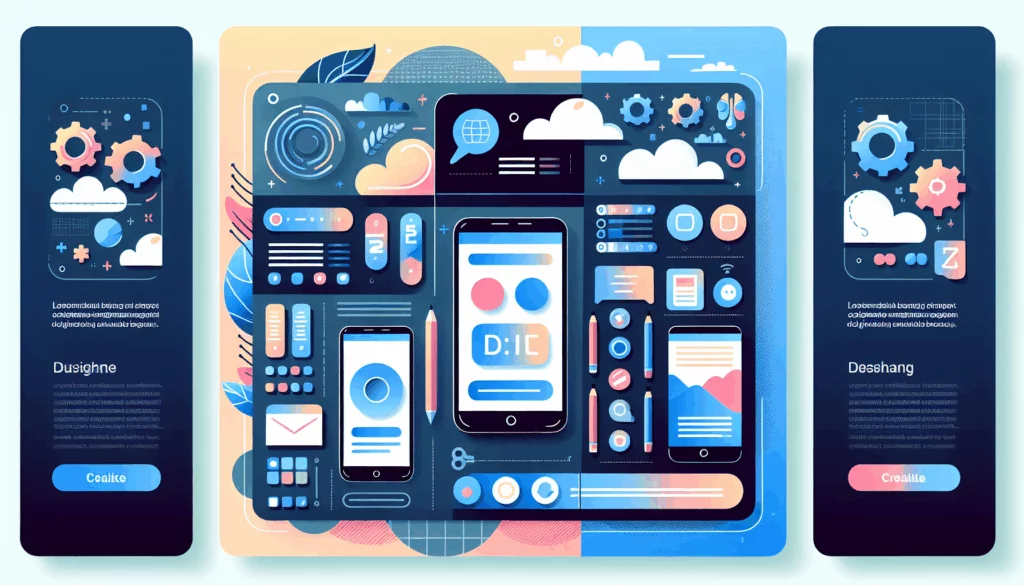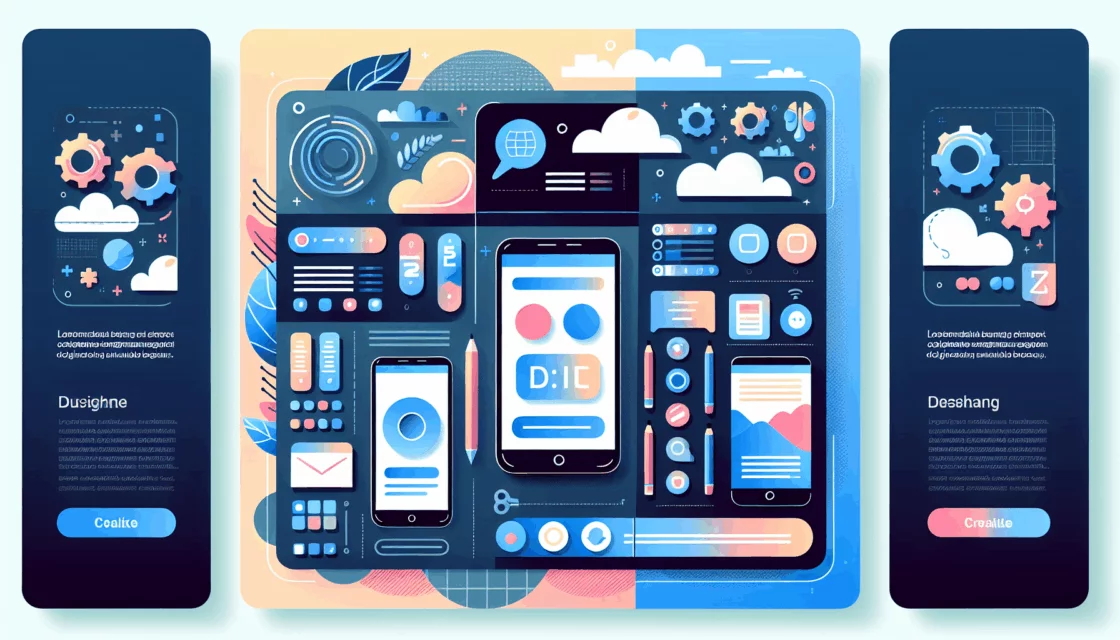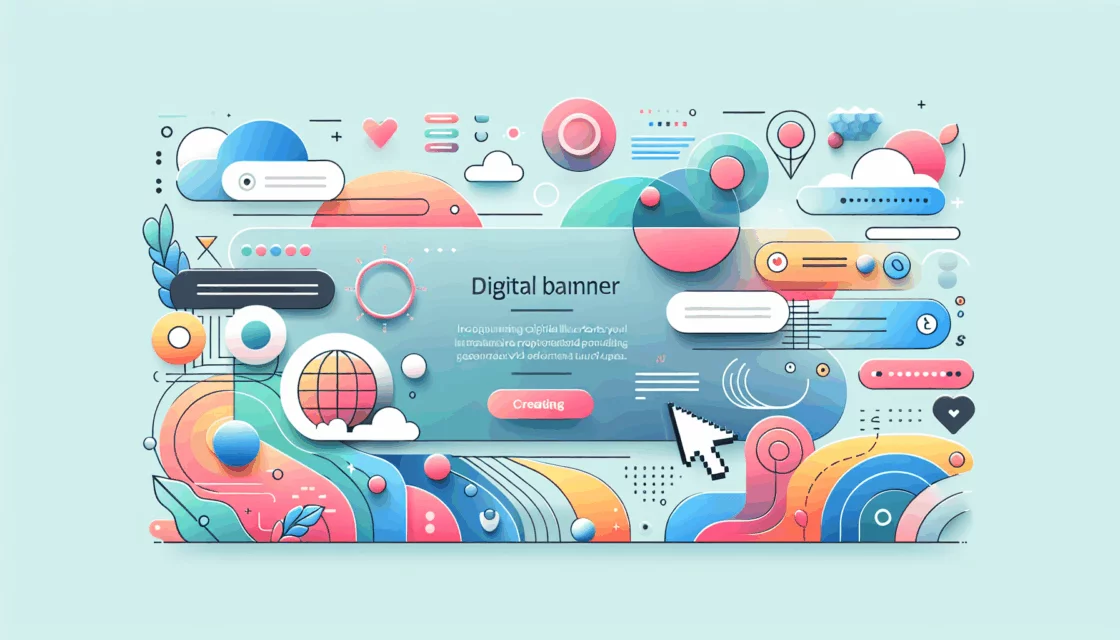
Transforming User Interactions: The Power of Motion Design
In the ever-evolving landscape of user experience (UX) design, motion design has emerged as a pivotal element in enhancing user engagement and overall user satisfaction. This dynamic and engaging dimension of digital interfaces is not just a visual embellishment but a strategic tool that guides user interactions, conveys information, and creates memorable experiences.
The Fundamentals of Motion Design in UX
Motion design, often referred to as motion graphics or animation, involves the intentional use of animation, transitions, and dynamic elements to guide user interactions and convey information in digital interfaces. At its core, motion design brings static graphic elements to life, adding a layer of visual appeal and emotional resonance to the user experience.
Capturing Attention and Enhancing Usability
One of the most significant benefits of motion design is its ability to capture user attention and enhance usability. Animations and transitions can highlight interactive elements, indicate changes in state, and provide a sense of affordance, making it easier for users to navigate and interact with the interface. For instance, loading animations can make waiting times feel shorter and less frustrating, mitigating user impatience and enhancing the perception of the system’s efficiency.
Reducing Cognitive Load and Improving Task Performance
Motion design can significantly reduce cognitive load by simplifying complex interactions and conveying information more efficiently. Well-designed motion transitions can guide users’ attention and help them understand the relationships between different interface elements. Studies have shown that visual feedback through motion design improves task performance and reduces errors, making the interface more intuitive and user-friendly.
Providing Real-Time Visual Feedback
Real-time visual feedback is a crucial aspect of motion design. By using animations, color coding, and progress bars, designers can provide users with immediate feedback on their actions. This approach speeds up decision-making and enhances customer satisfaction. For example, a button press animation can signal to the user that their action has been registered, reducing uncertainty and enhancing the interface’s usability.
Enhancing User Engagement and Emotional Response
Motion design has the potential to evoke emotional responses and create engaging user experiences. Carefully crafted animations and transitions can add personality, delight, and a sense of realism to the interface, making it more enjoyable and memorable for users. Brands like Apple and Netflix use motion design to tell compelling stories and connect with their customers on a deeper level. For instance, Apple Music uses motion design to animate album covers and highlight important elements, creating a seamless and engaging experience.
Storytelling and Narrative in UX
Motion design offers opportunities for storytelling and narrative in UI, enabling designers to guide users through a cohesive and meaningful experience. Through the use of animated sequences, characters, or visual narratives, motion design can enhance the storytelling aspect of the interface. Instagram’s Stories feature is a prime example, where users engage with animated slides, creating an interactive and dynamic experience that keeps users coming back for more.
Best Practices for Implementing Motion Design
-
Understand User Needs and Goals
Before creating any motion design elements, it is essential to understand the demands and goals of the users. This ensures that the motion designs are personalized to their unique requirements, increasing their effectiveness and engagement.
-
Use Colors and Textures That Align with Brand Identity
The aesthetics of the brand identity should be reflected in the UX motion design. Select hues and textures that appeal to users’ emotions and reflect the principles of the brand. This consistency helps in creating a cohesive user experience and reinforces the brand’s identity.
-
Test and Optimize Motion Design Elements
Thoroughly test each motion design element before implementing it on the website or product page. This ensures that the elements function as planned and are optimized for various devices or browsers. For example, preloading animations and optimizing code can help mitigate performance issues.
-
Keep Motions Simple Yet Captivating
The secret to producing engaging motion designs is to keep them simple yet captivating. Focus on providing modest indications or feedback during interactions to help users feel at ease while navigating the website or product page. Avoid complex animations or transitions that could overwhelm users.
Case Studies and Real-World Examples
Several top brands have successfully incorporated motion design into their products and services, enhancing user engagement and satisfaction.
Apple Music
Apple Music uses motion design to improve the information hierarchy of its app. Animations help users quickly and easily find the information they need, such as scrolling through album covers that animate to create a sense of depth and perspective.
Netflix
Netflix leverages motion design to enhance the storytelling experience for its users. Animated trailers and transitions between scenes and episodes create a more immersive and engaging viewing experience.
Tinder
Tinder’s swipe animation is a classic example of motion design providing feedback and clarifying the result of the interaction. The smooth transition of the card off the screen indicates the user’s action, making the app more intuitive to use.
Challenges and Considerations
While motion design offers numerous benefits, there are challenges and considerations that designers must address:
-
Performance and Loading Times
The incorporation of motion design elements can impact the performance and loading times of an interface. Excessive use of animations or complex motion effects may lead to slower interactions and increased resource consumption. Designers must carefully optimize and balance the use of motion design to ensure smooth and efficient interactions.
-
Accessibility and Inclusivity
It is crucial to consider the accessibility and inclusivity implications of motion design. Users with certain disabilities may experience difficulties or discomfort with certain types of motion effects. Providing options to reduce or remove motion for sensitive users ensures the design is user-friendly for a broader audience.
Conclusion
Motion design plays a significant role in enhancing usability, user engagement, and overall user experience in digital interfaces. By providing visual feedback, reducing cognitive load, enhancing aesthetics, and telling compelling stories, motion design creates interfaces that are intuitive, emotionally engaging, and memorable. As technology continues to evolve, the importance of motion design in UX will only grow, making it an essential tool for designers aiming to create captivating and satisfying digital experiences.
If you’re looking to elevate your UX design with motion graphics, consider partnering with a professional agency like Belov Digital Agency, which specializes in creating engaging and effective digital experiences. For more insights and best practices, you can also explore our other blog posts on UX design and web development.
To ensure your website performs optimally with motion design elements, it’s also important to choose a reliable hosting service like Kinsta, which offers high-performance hosting solutions tailored for dynamic websites.
For any questions or to discuss how motion design can enhance your user experience, feel free to Contact Us.













